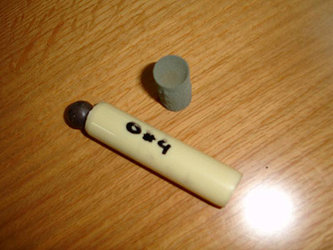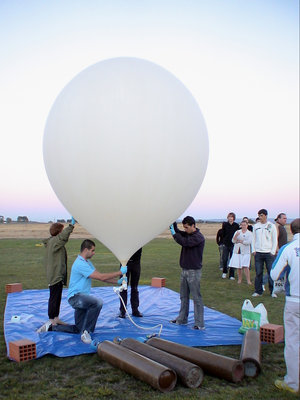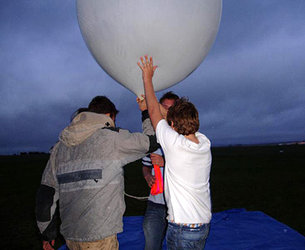STRAPLEX selection criteria
The selection of experiments are made by experts from ESA and the University of Porto. The following things are taken into account:
Near-space conditions relevance
Are near-space conditions required for this experiment? What would this environment bring? Is the near-space time required enough/too much for this experiment? Can alternative methods be used?
Scientific and technical value
Is this experiment of high scientific/technical quality? Does it belong to a research programme? Does it refer to publications and theories? Does it have a clear hypothesis? Is there an identified way of extracting results from this experiment? What do we learn from this experiment?
Innovation and originality
Has this experiment been done before? Is the method of the experiment new? Justify why the experiment should fly and explain the differences from previously flown experiments.
Technical feasibility
Is the design feasible to build? Is the size, mass and power consumption of the experiment reasonable? Is the experiment likely to obtain good scientific measurements and results? Which parts of the experiment are already developed and what still has to be developed?
Schedule
Would this experiment be ready in time for the campaign? How much help would the teacher or professor have to give?
Funding
Is funding needed to complete the experiment? If so, is the funding clearly identified? Are there sponsors?
Safety aspects
Is the safety analysis comprehensive and satisfactory? Have all the potential risks been identified and mitigated? Are any hazardous materials used?
Promotion of the activity
Does the team plan to promote their involvement with the STRAPLEX Project? Have they contacted a local newspaper or radio/TV station? Do they plan to make a website or blog about their experience? Will they give a presentation in their school or university or present a paper at a conference about their results?











